When the scorching summer sun hits, humans aren’t the only ones who feel the heat—your indoor plants do too. While most houseplants enjoy warmth and bright light, excessive heat and intense sunlight can quickly turn your lush green oasis into a wilted, stressed jungle. From yellowing leaves to dry soil and scorched foliage, summer can test even the healthiest plants.
Fortunately, with a few simple adjustments, you can help your indoor plants stay vibrant, hydrated, and happy all season long. Here’s your complete guide on how to protect indoor plants during hot summer months, covering everything from temperature control to humidity management and smart watering strategies.
1. Manage Temperature and Air Circulation
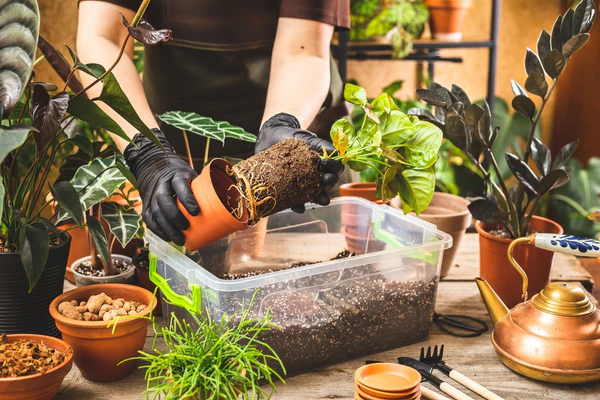
Indoor temperatures can rise dramatically during summer—especially in rooms with large windows or poor ventilation. Most houseplants thrive in temperatures between 65°F and 80°F (18°C–27°C), but when the mercury climbs higher, their growth can slow, and leaves may start to curl or brown.
How to keep your plants cool:
- Avoid direct airflow from AC vents or fans. While good air circulation helps prevent mold and pests, cold or hot drafts can shock plants. Keep them several feet away from vents.
- Use curtains or blinds during peak sun hours. Sheer curtains can diffuse harsh light and prevent leaf burn without depriving plants of brightness.
- Open windows strategically. In the early morning or evening, open windows to allow cooler air to circulate. Just ensure there are no sudden cold drafts.
- Move plants away from heat-trapping areas. Windowsills, metal shelves, or near electronics can get hotter than you think. Place plants a few feet back from these hot zones.
If you notice leaves turning crispy or curling inward, it’s a clear sign your plants are overheating. Relocate them to a slightly cooler, shadier spot.
2. Adjust Your Watering Routine
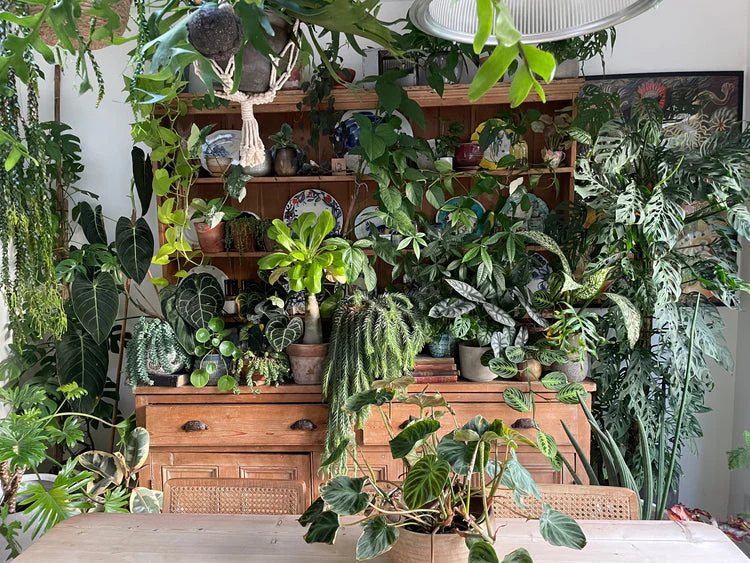
Summer heat can cause soil to dry out much faster than usual, leading to dehydration. However, overwatering is just as risky—especially when humidity is high. The goal is to maintain consistent moisture without waterlogging the roots.
Smart watering techniques for summer:
- Check soil moisture daily. Stick your finger one inch into the soil—if it feels dry, water the plant thoroughly until water drains from the bottom.
- Water early in the morning. This gives plants time to absorb moisture before the midday heat causes rapid evaporation.
- Avoid watering at night. Cooler nighttime temperatures can leave the soil soggy for too long, increasing the risk of root rot.
- Use self-watering planters or saucers. They provide steady moisture without over-saturation, perfect for hot days when you’re away.
- Mist lightly—but carefully. A fine mist in the morning can refresh leaves, but avoid overdoing it, especially on fuzzy or mildew-prone plants like African violets.
Pro tip: Always empty excess water from saucers after 30 minutes to prevent stagnant moisture, which can lead to root rot and attract gnats.
3. Protect from Intense Sunlight
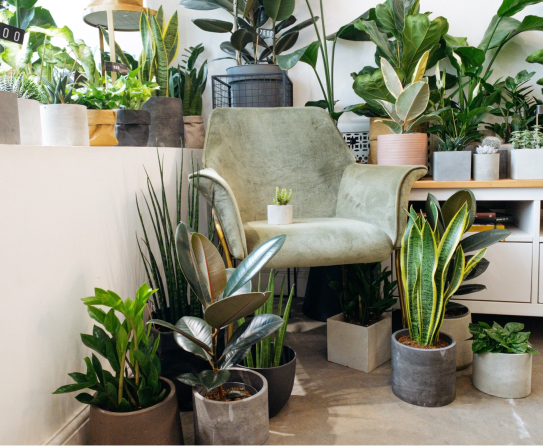
Summer sunlight, especially from south- or west-facing windows, can become too harsh for most indoor plants. Direct sun can scorch leaves, causing faded patches or crispy edges.
How to give your plants the right light:
- Use sheer curtains or blinds. They filter intense sunlight, creating gentle, diffused light ideal for houseplants.
- Relocate sensitive plants. Move shade-loving varieties like ferns, calatheas, and peace lilies away from bright windows.
- Rotate plants weekly. This prevents one side from getting too much light and promotes even growth.
- Create natural shade. Use taller plants like fiddle-leaf figs or monsteras to shield smaller ones from direct rays.
- Watch for sunburn. Yellow or bleached patches on leaves indicate light stress—move affected plants immediately.
Remember, even sun-loving plants like succulents or cacti can get sunburned if suddenly exposed to stronger summer rays. Always transition plants gradually when changing their light conditions.
4. Increase Humidity When Air Gets Dry
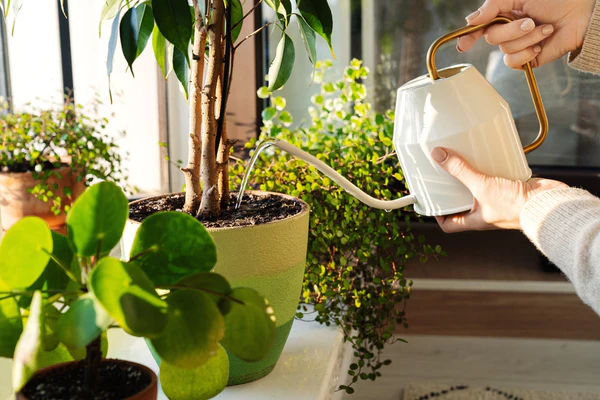
Even though summer can be humid outdoors, indoor air often becomes dry due to constant air conditioning. Many tropical houseplants—such as pothos, philodendrons, and calatheas—suffer when humidity drops below 40%.
Easy ways to boost humidity indoors:
- Group plants together. Plants release moisture through transpiration, so clustering them helps create a mini humid microclimate.
- Use a humidifier. A small cool-mist humidifier near your plant area can maintain optimal humidity levels (45–60%).
- Add pebble trays. Place a shallow tray of water and pebbles under your plants. As water evaporates, it gently increases humidity around them.
- Mist gently in the morning. Light misting can help in dry areas, but avoid wetting leaves too often—especially in the evening.
- Add water bowls near AC units. This can help counteract drying effects caused by constant airflow.
Pro tip: Use a hygrometer to monitor humidity levels. If leaf tips turn brown or edges curl, your air is likely too dry.
5. Choose the Right Containers and Soil
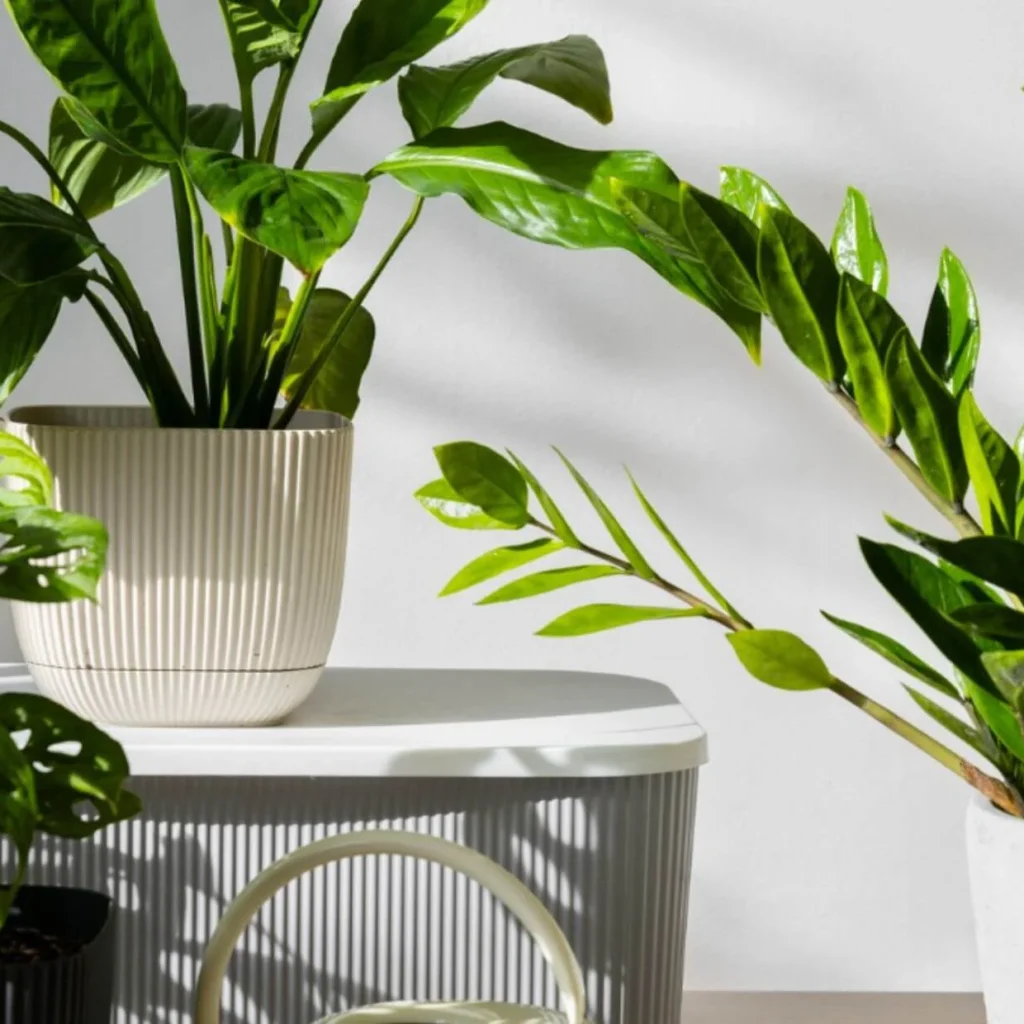
The type of pot and soil you use can make a big difference in how your plants handle summer heat.
Container tips:
- Use breathable pots. Terracotta pots are great for summer since they allow air circulation and help prevent root rot.
- Avoid dark-colored pots. They absorb more heat, which can overheat the roots. Choose light-colored or ceramic containers instead.
- Ensure good drainage. Always use pots with holes, and never let plants sit in standing water.
Soil care:
- Use well-draining soil mixes. For most houseplants, a blend of potting soil, perlite, and coco coir helps retain moisture without becoming soggy.
- Mulch the soil surface. Adding a layer of moss, pebbles, or coconut husk on top of the soil can help reduce evaporation.
- Repot if needed. If roots are circling the pot or water runs straight through the soil, it’s time for a repot—ideally in early summer before the peak heat.
6. Feed Wisely—But Don’t Overdo It
While plants grow faster in warm weather, too much fertilizer can do more harm than good in the heat. Overfeeding during high temperatures can cause root burn or nutrient stress.
Summer fertilizing guide:
- Use a balanced, water-soluble fertilizer (10-10-10 or 20-20-20) diluted to half strength.
- Feed every 4–6 weeks during active growth.
- Avoid fertilizing wilted or heat-stressed plants. Wait until they recover before feeding.
- For slow-release fertilizers, apply sparingly—heat speeds up nutrient release, which can overwhelm roots.
If leaves start to turn brown or develop crusty white residue on the soil, it may be a sign of fertilizer buildup—flush the soil with clean water to remove excess salts.
7. Keep an Eye Out for Pests
Warm, humid summer conditions are perfect breeding grounds for spider mites, aphids, whiteflies, and fungus gnats. Stressed plants are more vulnerable, so prevention is key.
Pest prevention and control:
- Inspect leaves weekly, especially undersides.
- Wipe foliage gently with a damp cloth to remove dust and pests.
- Use natural repellents like neem oil, insecticidal soap, or diluted dish soap spray (1 teaspoon per liter of water).
- Avoid overcrowding plants—good airflow keeps pests away.
- If you bring plants outdoors for summer, isolate them for a few days when bringing them back in to avoid spreading pests indoors.
8. Give Plants a Mid-Summer Refresh
By mid-summer, your plants might look a little tired from the constant heat. Giving them a small refresh can help them bounce back stronger.
How to refresh summer-stressed plants:
- Trim dead or yellowing leaves. This helps plants focus energy on healthy growth.
- Clean dusty leaves. Dust buildup reduces photosynthesis—wipe leaves gently with a soft, damp cloth.
- Reposition plants. Move them to slightly cooler or shadier spots if the heat intensifies.
- Top up soil. Add a fresh layer of potting mix or compost to replenish nutrients.
Final Thoughts
Summer brings long days and bright light—ideal for growth—but it also challenges indoor plants with heat, dryness, and intense sunlight. With careful observation and a few smart adjustments, you can keep your plants flourishing all season long.
Remember the golden rule: watch your plants closely. Their leaves, soil, and overall posture will tell you what they need. When in doubt, opt for gentler light, moderate water, and stable temperatures.
By managing heat stress, maintaining moisture, and shielding from harsh rays, you’ll ensure your indoor garden not only survives summer—but thrives beautifully until autumn arrives.
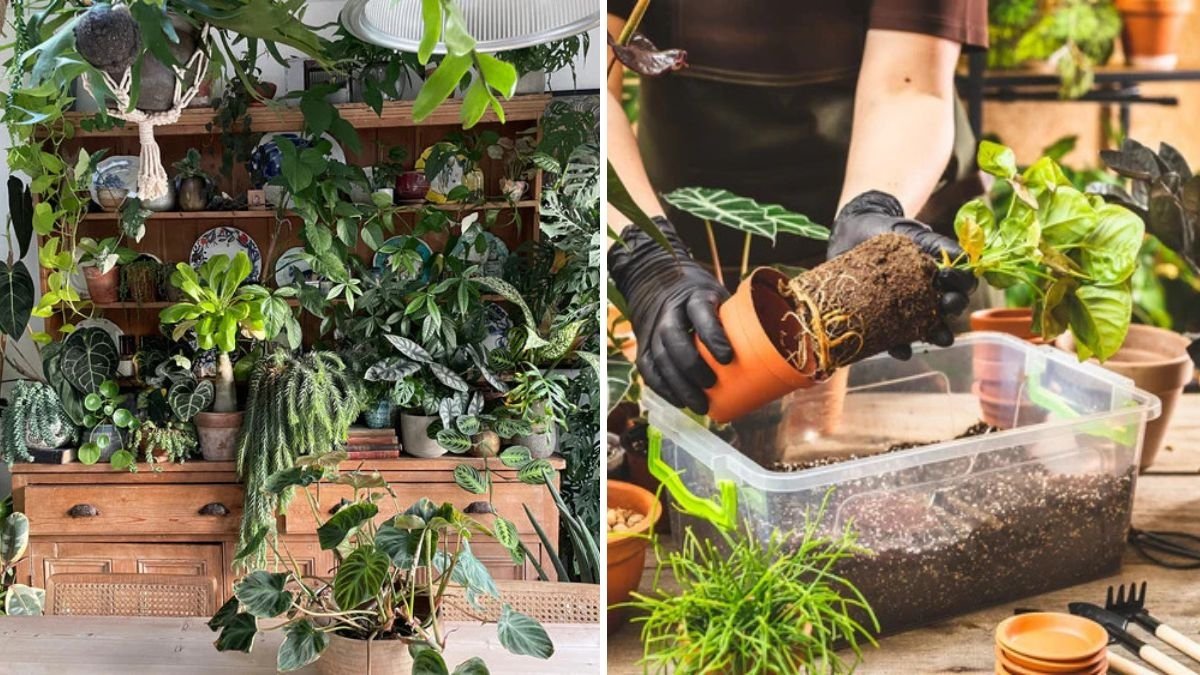




Leave A Comment